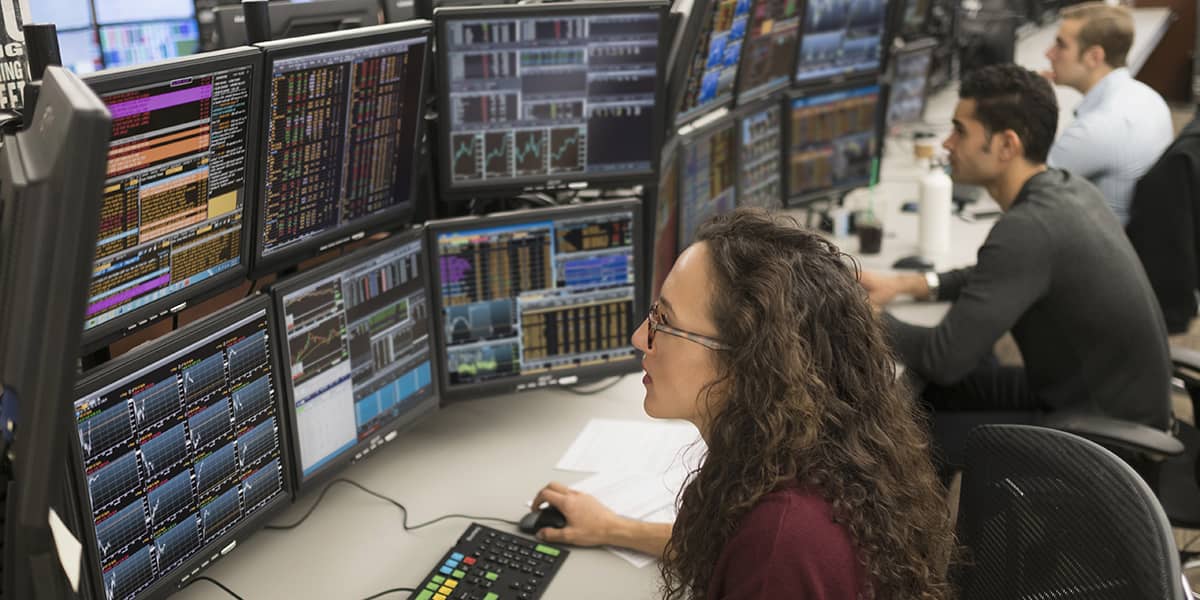
Proprietary traders make large-scale use of machine learning in trading algorithms
The major proprietary traders established in the Netherlands make large-scale use of machine learning in their trading algorithms. An AFM study (pdf, 2.62 MB) conducted at four major proprietary traders found that 80% to 100% of their trading algorithms aimed at liquid and standardised financial instruments, such as futures and equity, rely on machine learning models. These models continuously predict the value of the financial instrument, based on which orders are changed or cancelled. The complexity of the models also creates serious risks.
In brief
• AFM analysed use of machine learning in trading algorithms at four major proprietary traders
• Parties frequently use machine learning models
• Models predict price of financial instrument being traded
• Complexity of models creates risks
• Models should be explainable and require proper controls
Machine learning is omnipresent in the financial markets. There are numerous vacancies for data analysts with experience in machine learning, and there is a constant flow of scientific publications about the theoretical application of machine learning in trading algorithms. Given that the number of proprietary traders in Amsterdam is relatively large and proprietary traders in the sector are at the cutting edge of algorithmic trading, the AFM conducted this study to contribute to a better understanding of the use of machine learning.
Predictive value
Proprietary traders mainly use machine learning in their algorithms to continuously predict the price of a future or share. To this end, the model looks at a wide range of characteristics of the order book, instead of looking at fundamental characteristics. The latest data, from the latest (micro)second, have the greatest predictive value. The predicted price, which is continuously updated, then activates the trading algorithm.Features
The price prediction is based on ‘features’ that encapsulate certain characteristics of the order book, such as the purchases to sales ratio, price trends and quantity in the order book. These machine learning algorithms usually use hundreds or thousands of such features, which often capture many variations of the same characteristics. Each feature is assigned a certain parameter (weight), which is regularly updated. Consequently, the models may be very complex.Risks
In its study, the AFM limited itself to mapping the risks arising from the inner workings of the trading algorithm. To this end, two risks were identified: the lack of explainability and the possibility of manipulation. In its study, the AFM did not review the possible risks that machine learning algorithms inherently pose to the stability in the financial markets. However, the report does mention a number of related risks.The AFM concludes that, due to the functioning and complexity of machine learning models, it is difficult to explain how the model arrives at a particular prediction that then triggers particular trading behaviour. The AFM expects firms to be able to explain why orders were sent to the market. In addition, first and second-line controls need to be in place to prevent disruptions. Lastly, the AFM wishes to point out that the focus on algorithms in the order book means that this type of algorithms is vulnerable to inadvertent or deliberate disruptions in the order book.
Tags
Banken & verzekeraars Information for AIFM and collective investment schemes Investment firms Issuers of securities Trading and settlement platformsContact for this article

Would you like to receive the latest news from AFM?
Subscribe to our newsletter, we will keep you up-to-date.